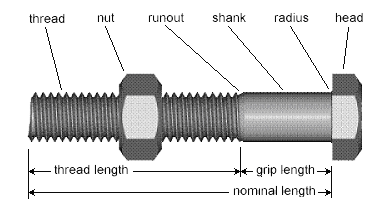
A common problem I encounter when working with voice coaches is the difficulty they face when trying to demonstrate to their pupils.
“It’s too low for my voice”
“It’s too high for my voice”
“I get tired singing in falsetto all the time”
“The tone is just ‘wrong'”
At a fundamental level, teaching by imitation is flawed, for three main reasons:
- Your pupils don’t all have the same voice as you.
- Not all of your pupils can imitate you.
- Your pupils can’t hear themselves accurately.
To take each in turn:
1. Your pupils don’t have your voice
Everyone’s voice is unique, primarily determined by physiology. Teaching pupils of different ages, different genders, different heights and weights etc means that very few will naturally sound like you. Encouraging them to make sounds that your physiology makes will by definition make their production unnatural.
And there are other factors, such as emotional connection and tapping into life experiences that should be encouraged in your pupils. All of which should make their performance individual and therefore different to yours.
2. Your pupils can’t all imitate you
Fleming’s Visual Auditory Kinesthetic (VAK) model of learning suggests that most people possess a dominant or preferred learning style.
If we take a rough estimate that only a third of your pupils are Auditory-dominant, demonstrating won’t be the best option for over 60% of them.
Combine that with the physiological aspect above and you can quickly see that teaching by demonstration will probably only be effective for around 20% of your pupils at best.
3. Your pupils can’t hear themselves
When a singer is encouraged to try to imitate the sound they hear, it ignores the fact that their internal hearing clouds their perception of their own voice.
You can prove this very simply by recording yourself singing the same section of a song with your hands in front of your ears, with your hands behind your ears, with your hands over your ears. To you, it will sound completely different, but the recordings will sound almost identical.
If the sound in your head is the same as the sound you hear in your ears, it will by definition be different to the listener!
So how should I teach?
So what instead? Explain and Encourage.
Explain the physiology behind the voice, discussing the various options each singer has and how it affects the sound (eg altering larynx height to influence bass / treble resonance).
Encourage the singer to explore these options, altering each individual structure until they find the sound they desire.
Understanding these ‘nuts and bolts’ is vital for all singers.
Do this, and you’ll have a body of students who all sing easily and effectively with their own natural voices, not a series of robots rolling off a production line with poor imitations of yours.
